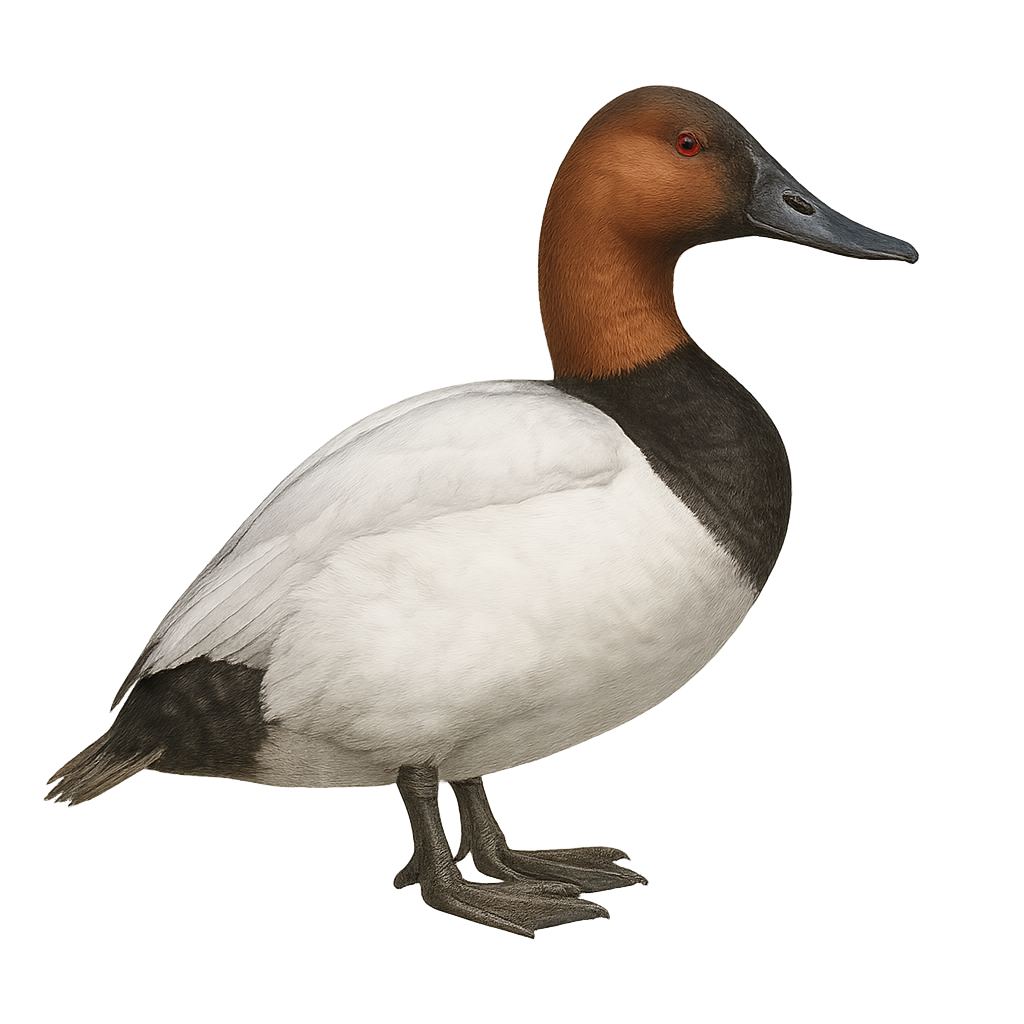Your wildlife photography guide.
Explore the canvasback in detail, study its behavior, prepare your shots.
Where to observe and photograph the canvasback in the wild
Learn where and when to spot the canvasback in the wild, how to identify the species based on distinctive features, and what natural environments it inhabits. The WildlifePhotographer app offers tailored photography tips that reflect the canvasback’s behavior, helping you capture better wildlife images. Explore the full species profile for key information including description, habitat, active periods, and approach techniques.
Canvasback
Scientific name: Aythya valisineria

IUCN Status: Least Concern
Family: ANATIDAE
Group: Birds
Sensitivity to human approach: Suspicious
Minimum approach distance: 10 m
Courtship display: May to June
Incubation: 23-28 jours
Hatchings: May to July
Habitat:
Lakes, marshes, ponds
Activity period :
Primarily active during the day, with peak activity in the morning and late afternoon.
Identification and description:
The Canvasback, Aythya valisineria, is a North American diving duck known for its distinctive profile and elegant plumage. The male features a reddish head, white back, and black bill, while the female has more subdued brown-gray tones. These birds prefer large freshwater bodies, feeding mainly on aquatic plants, seeds, and invertebrates. Their flight is fast and direct, often in small groups. During the breeding season, they nest in marshes and wetlands, building floating nests among reeds. Populations migrate south in winter, reaching the United States and Mexico. Although their numbers have fluctuated, conservation efforts have helped stabilize their populations.
Recommended lens:
400mm – adjust based on distance, desired framing (portrait or habitat), and approach conditions.
Photography tips:
To photograph the Canvasback, prioritize early morning or late afternoon when the light is soft. Use a telephoto lens of at least 400mm to capture details without disturbing the bird. Wait near water bodies where they feed, remaining discreet to avoid scaring them. A tripod can be helpful to stabilize your camera, especially if using slow shutter speeds. Observe their behavior to anticipate their movements and capture dynamic shots.
The WildlifePhotographer App is coming soon!
Be the first to explore the best nature spots, track rutting seasons, log your observations, and observe more wildlife.
Already 1 430 wildlife lovers subscribed worldwide

